When it comes to running, the choice of footwear can make or break your experience. Two of the most prominent brands in the running shoe market are Brooks and Hoka One One. Both brands have loyal followings and offer distinct features that cater to different types of runners. In this comprehensive guide, we will dive deep into the comparison of Brooks and Hoka running shoes, discussing their history, technology, performance, and real-life experiences.
Overview of Brooks Running Shoes
Founded in 1914, Brooks Running has earned a reputation for its high-quality performance running shoes. The brand focuses on comfort, support, and a smooth running experience. Brooks is particularly well-known for its focus on biomechanics, offering shoes that cater to different foot shapes and running styles.
Key Features of Brooks Shoes
- BioMoGo DNA and DNA Loft Cushioning: Provides adaptive cushioning that responds to your stride.
- GuideRails Technology: Helps keep your body in a natural motion path.
- Custom Fit: Available in multiple widths and sizes.
Overview of Hoka Running Shoes
Hoka One One, established in 2009, took the running world by storm with its oversized cushioning and rocker sole design. Hoka is particularly popular among ultrarunners and long-distance enthusiasts due to its comfort and stability.
Key Features of Hoka Shoes
- Meta-Rocker Technology: Promotes a smoother transition in each stride.
- Active Foot Frame: Provides stability and support while allowing for natural motion.
- Lightweight Construction: Despite a thick sole, Hoka shoes tend to be lightweight.
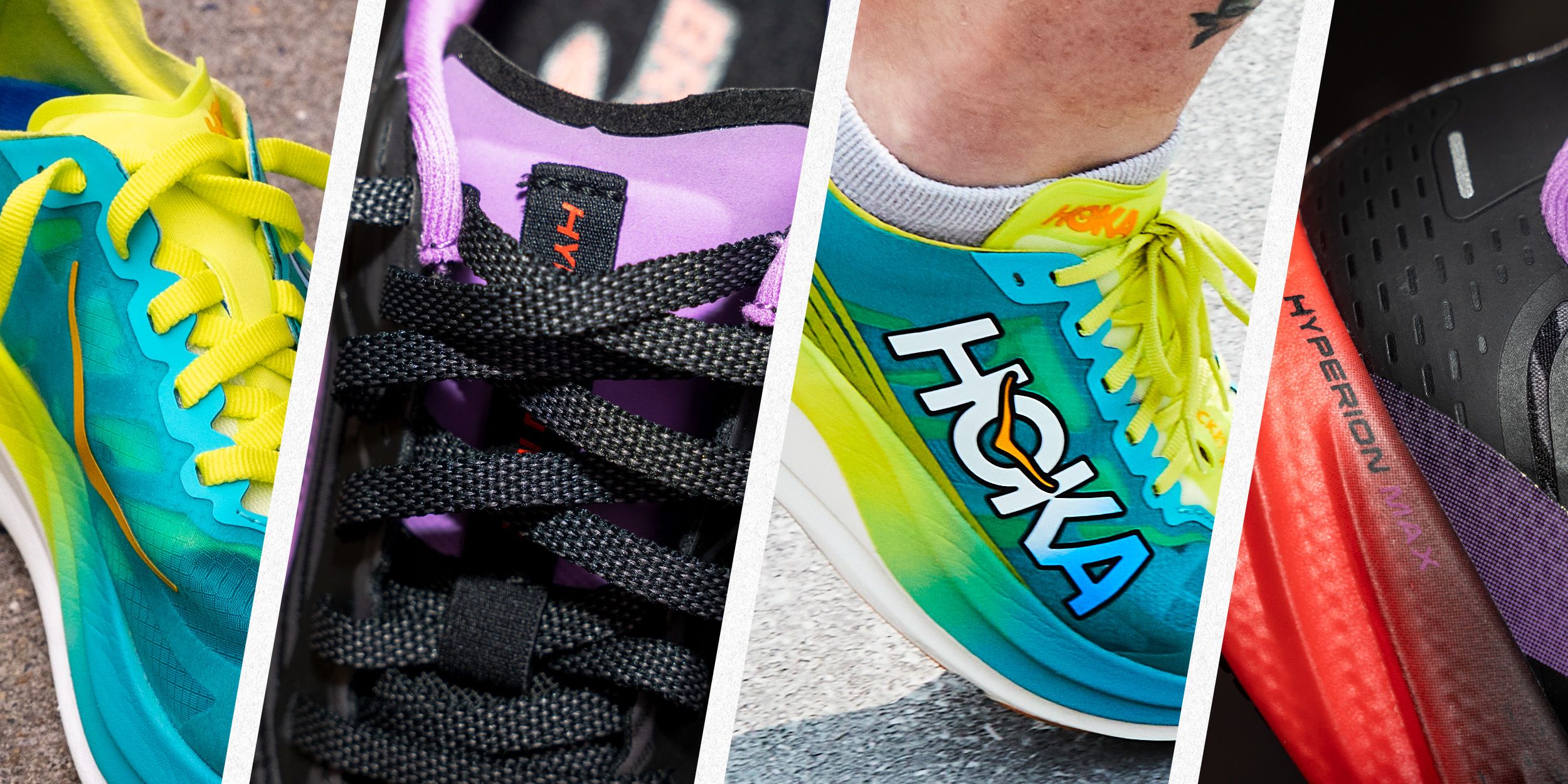
Head-to-Head: Brooks vs Hoka Running Shoes
It’s time to compare these two brands across various dimensions to help you make an informed choice.
Comfort and Fit
Comfort is subjective but crucial in determining the right pair of running shoes. Brooks shoes are typically designed for a more traditional fit, often being preferred by runners with narrower feet. Hoka, on the other hand, provides a wider footprint, making it a favorite among those who need extra room for their toes.
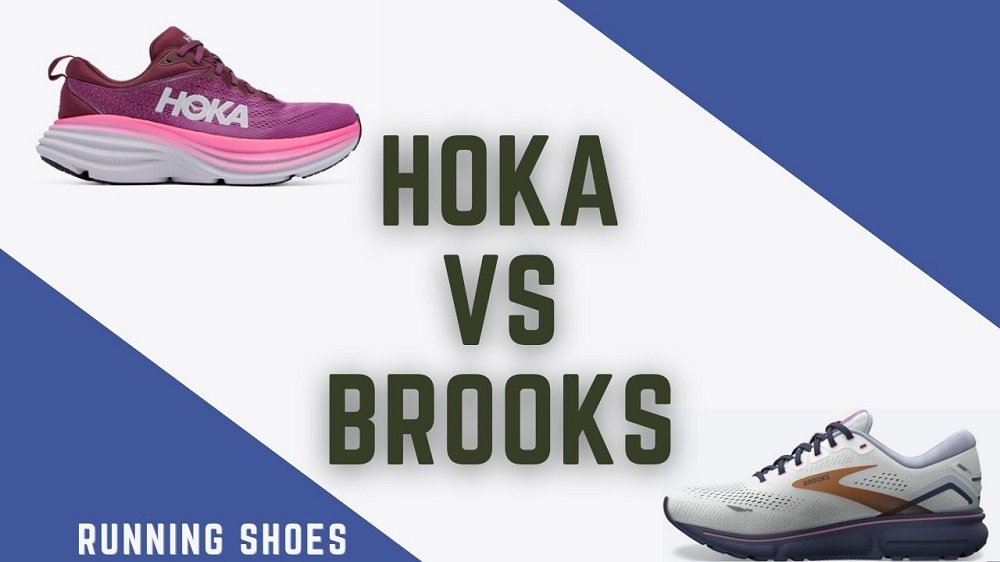
Comparison Table: Comfort and Fit
| Feature | Brooks | Hoka |
|---|---|---|
| Foot Type | Narrow to Medium | Wide |
| Cushioning | Responsive and Adaptive | Maximal Cushioning |
| Weight | Medium | Lightweight |
Durability and Performance
Both brands emphasize quality materials that enhance durability. Brooks running shoes often come with a higher number of outsole rubber placements for better traction. Hoka’s lightweight designs may wear out faster for some models, especially in high-abrasion areas.

Comparison Table: Durability and Performance
| Feature | Brooks | Hoka |
|---|---|---|
| Outsole Material | High Abrasion Rubber | Durable Rubber with EVA |
| Lifespan | 300-500 miles | 250-400 miles |
| Traction | Good | Excellent |
Style and Aesthetics
Brooks tends to offer a more traditional look with a wide range of colorways, whereas Hoka often appeals to the bold runners with vibrant colors and a distinct “chunky” design. Personal preference plays a big role in this aspect.
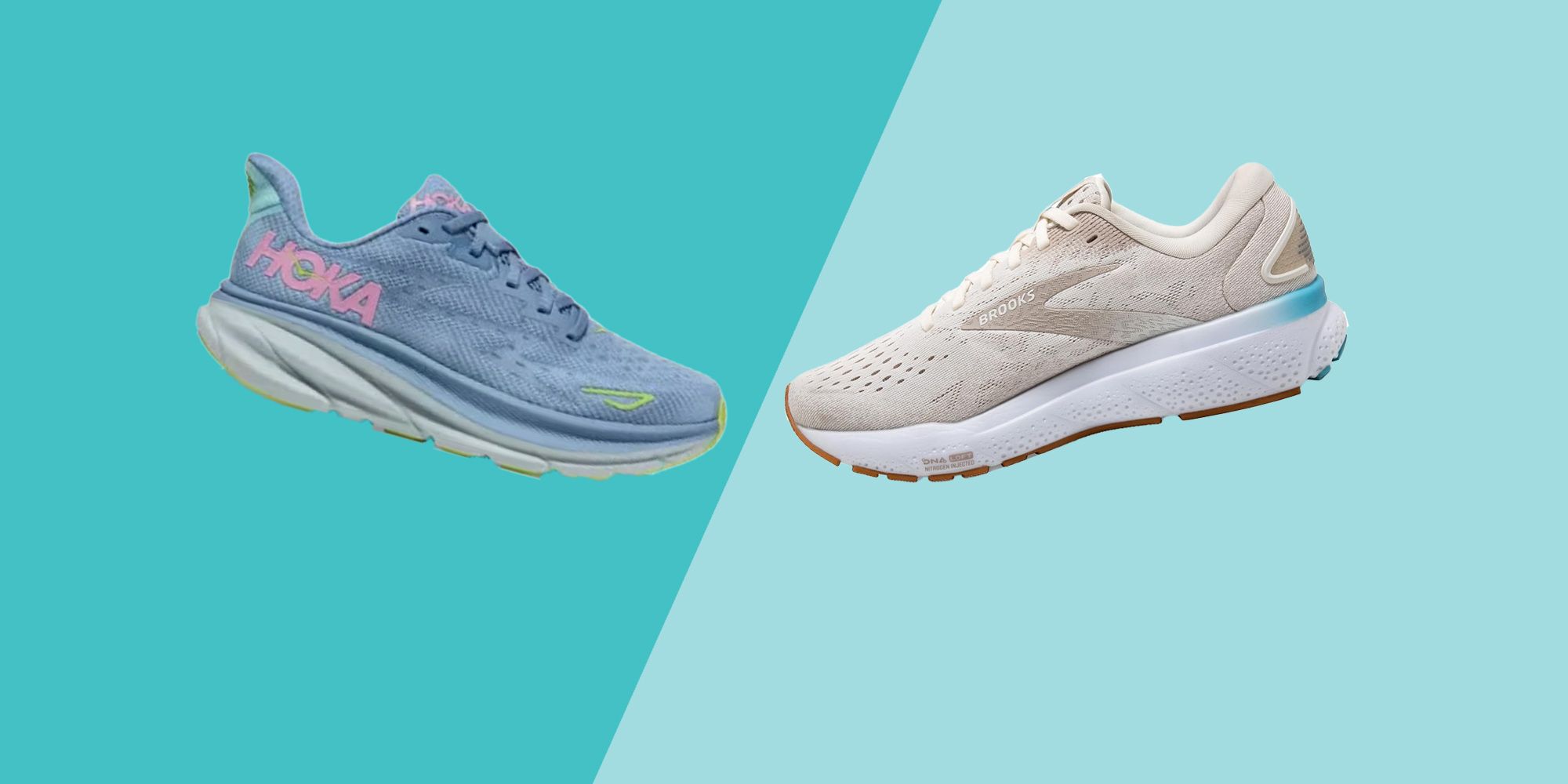
Comparison Table: Style and Aesthetics
| Feature | Brooks | Hoka |
|---|---|---|
| Design | Traditional | Chunky and Bold |
| Color Options | Extensive | Vibrant |
Real-Life Experiences: Runners’ Reviews
Brooks Running Shoes Reviews
Many runners praise Brooks shoes for their comfort and stability, particularly those who enjoy long-distance running. A marathon runner from Seattle noted, “I’ve trained for my last three marathons in Brooks Ghosts. They provide excellent support, especially on long runs.”
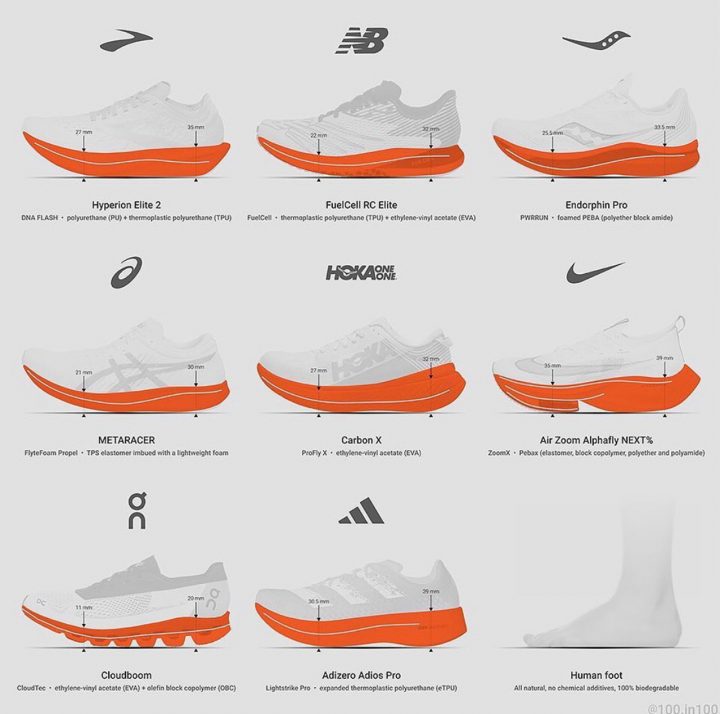
Hoka Running Shoes Reviews
Hoka fans laud the brand for its cushioning and support, particularly for those with joint issues. An ultra-marathoner based in Colorado shared, “Switching to Hoka changed my running experience. The cushion allows me to run longer without pain.”
Choosing the Right Shoe: Tips for Runners
Consider Your Running Style
Are you a sprinter, long-distance runner, or jogger? Your running style will dictate the type of shoe that’s best for you.
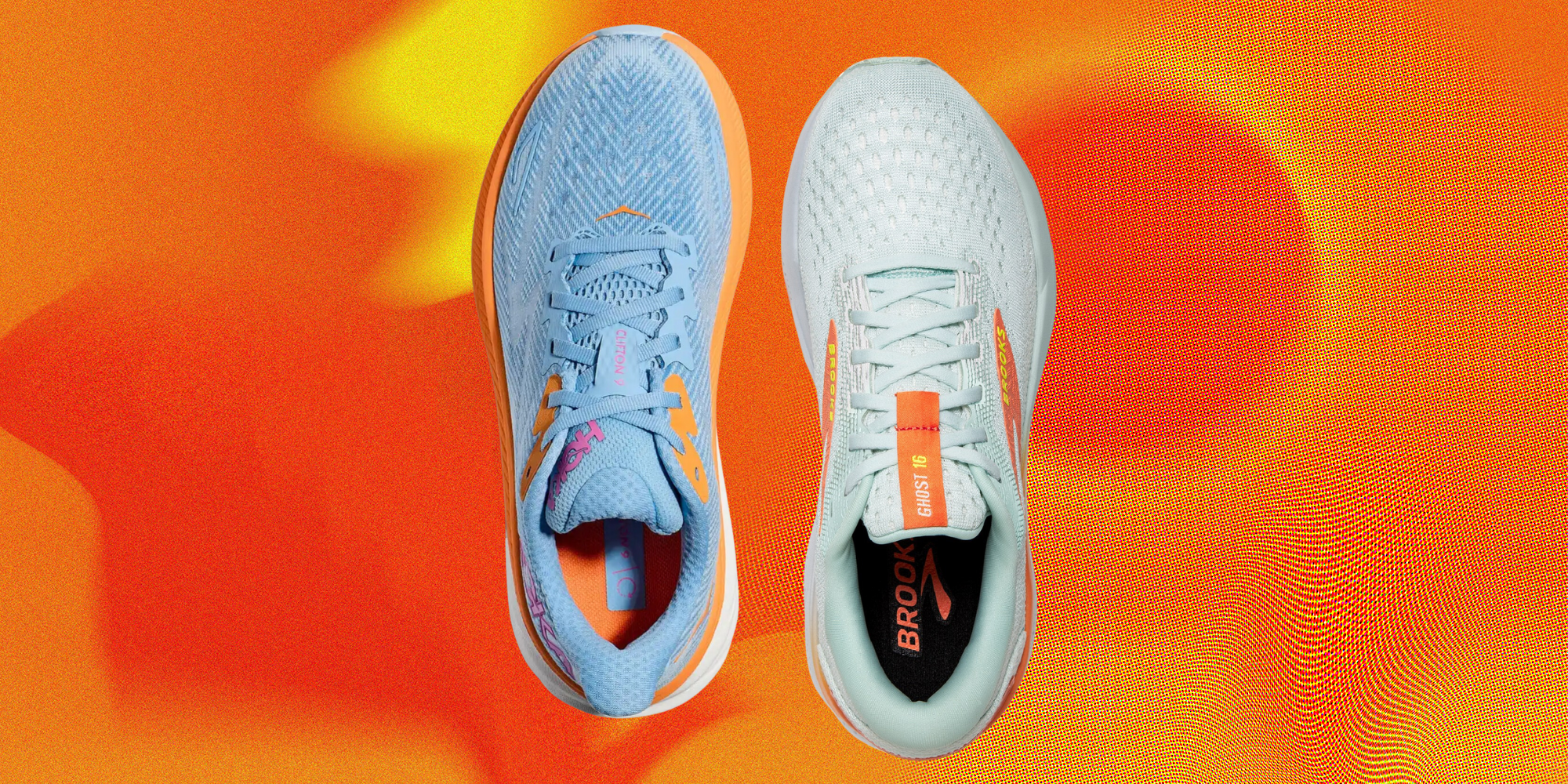
Know Your Foot Shape
Understanding your foot type can significantly assist in selecting a shoe. Brooks generally caters to narrower feet, while Hoka accommodates those who require more space.
Try Before You Buy
If possible, visit a local running store. Many shops in the US, such as Fleet Feet, offer gait analysis to help you find the perfect fit.
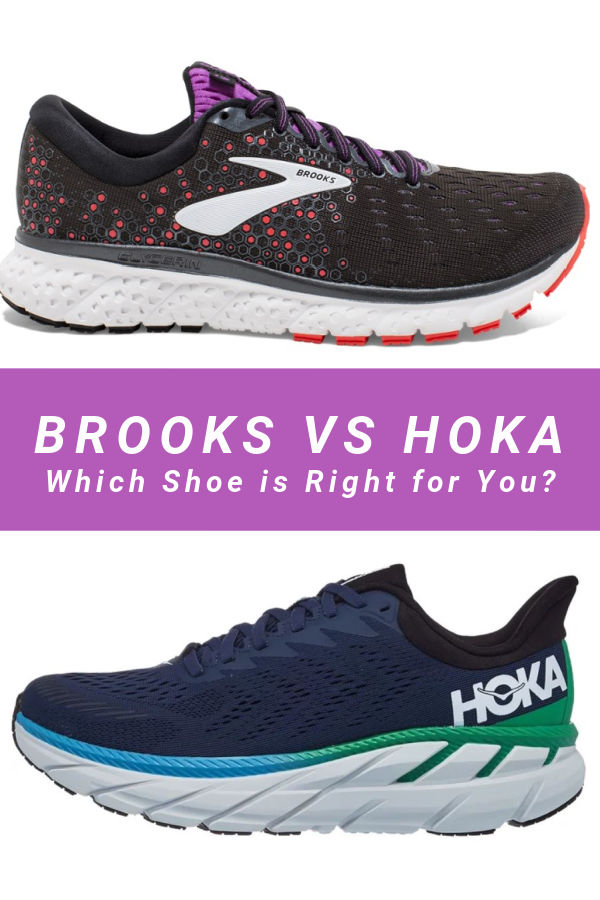
FAQs: Your Questions Answered
Which brand is better for flat feet: Brooks or Hoka?
Both brands offer options for flat-footed runners. Brooks has specific models with added arch support, while Hoka’s cushioned shoes also provide comfort for flat feet.
Can Hoka shoes be used for trail running?
Yes, Hoka offers trail-specific models designed for rugged terrain, providing traction and support.

How do the prices of Brooks and Hoka compare?
On average, both brands fall within a similar price range, typically between $120 to $180 per pair. Specific models may vary.
Conclusion
Choosing between Brooks and Hoka running shoes ultimately comes down to personal preference and your specific running needs. Brooks may appeal to those seeking a classic fit with excellent support, while Hoka is perfect for runners looking for maximum cushioning and stability. In the end, nothing beats the joy of finding a shoe that complements your running style and enhances your overall experience.

Citations
- Brooks Running. (n.d.). Brooks Running
- Hoka One One. (n.d.). Hoka One One
- American Orthopaedic Foot & Ankle Society. (n.d.). Finding the Right Shoe